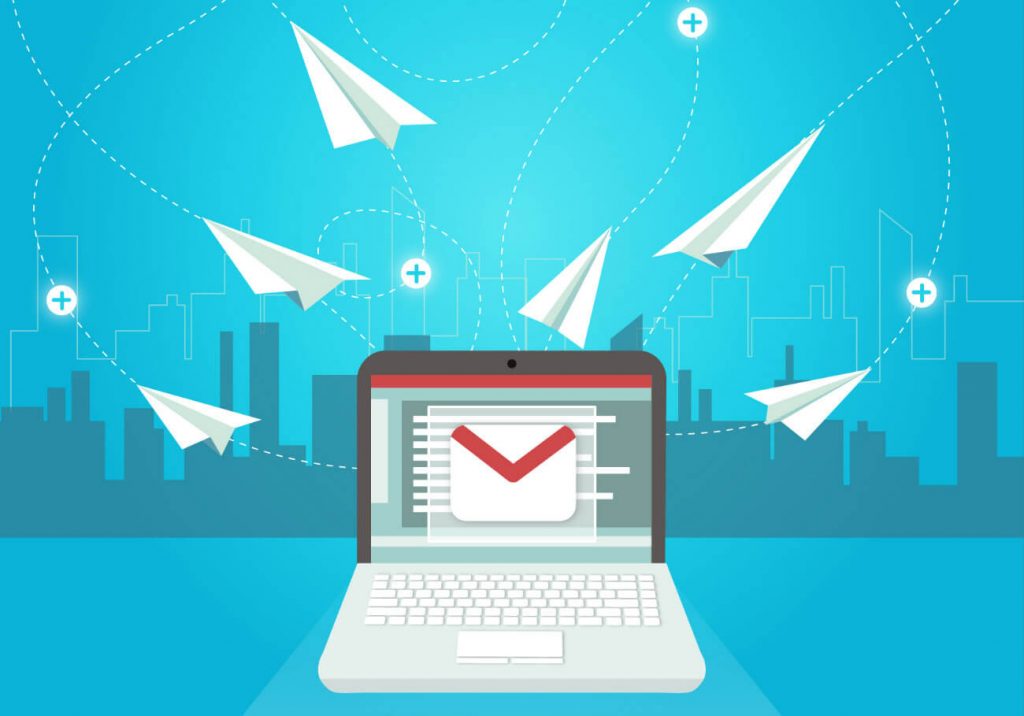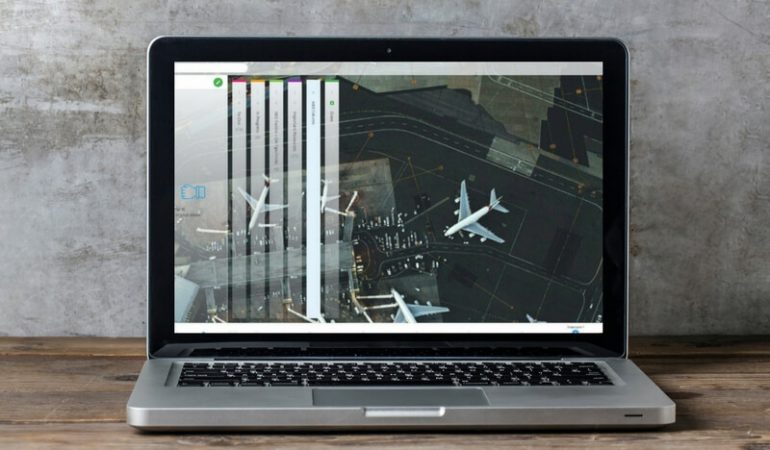Gmail Organization Application Done Right with Flow-e for Gmail
It is with great sadness that we announce the discontinuation of Flow-e for Gmail. As of 1st January 2020, Flow-e for Gmail will stop working. Learn More.
With all the Gmail tools, add-ons, and features, it’s amazing we don’t do a better job of managing our email.
But we really don’t. In fact, the average Gmail user had over 8,000 messages in their inbox in 2013, and that number has only grown in the intervening years.
The average worker today exchanges 121 emails per day, although they consider only 38% of them to be important, and that number is projected to continue to grow.
With this volume of email, it’s no wonder that people are constantly looking for tools to help manage their Gmail inbox and stay in control of their time.
There are hundreds of Gmail apps on the marketplace, and more all the time.
You can read how tech bloggers and productivity experts rate and compare them, making Top 10 lists and updating the lists every few months as new ones hit the app store.
Frequently these people are happy to have found the one specific app that does the one specific thing they want to be done.
Many existing Gmail organization apps really only do one thing.
- Boomerang lets you delay sending messages
- OtherInbox sorts your emails into folders
- FollowUpThen reminds you to reply to emails at a deferred time
- CloudMagic lets you search your Gmail inbox faster
- Gmail Notes allows you to attach a personal note or comment to an email for your reference
These are useful, well-reviewed apps, and doubtless, they work very well.
But, honestly, do you really want a different app for every single action you may take in your inbox?

And what happens when you update your hardware or software?
Do you have to then look for updates for an entire app ecosystem? Also, if you don’t like an app, sometimes they can be a pain to uninstall and leave legacy items in your menus.
Single-purpose apps… well… they have their purpose. But if your goal is to get your inbox organized and keep it that way, it’s better to take a more comprehensive approach.
Let’s look at what would be most useful in a Gmail organization app.
The most desirable features in a Gmail organization app are:
1) Support for multiple accounts
Many people have multiple Gmail accounts for different purposes, but still, need a unified system for staying organized and managing their email.
2) Adding your own content to emails
Whether you want to add a note, task, subtask, dependency, or comment to an email, the ability to add your own information to an email helps you stay on track and keep things simple.
It also minimizes searching for and re-reading of already read emails.
3) Keep your calendar visible
All too often, our calendar is hidden away in another tab or window, making it cumbersome to look at emails and compare them to our workload and schedule at the same time.
Keeping appointments and deadlines visible helps us stay on time.
4) Grouping of conversations
While it can be useful to thread topics by subject line, often a massive thread only contains a few pertinent bits of information. Other relevant information may be in entirely different threads.
Being able to group conversations by project, topic, or priority helps us sort out the wheat from the chaff.
5) Add due dates and reminders to emails
Whether you want to schedule a reply for a future time or remind yourself of a deadline for an email-driven task, the ability to add schedule information directly to an email is valuable when staying organized and managing your time.
6) Delegate emails without losing them
The ability to delegate an email to someone else is an important leadership and time management tool.
But just because you have delegated the task doesn’t mean you aren’t accountable for the result.
Assigning and then tracking delegated tasks helps you focus your attention where it’s most needed without losing sight of the details.

7) Add tasks and to-dos that aren’t email initiated
Just because you didn’t get an email requesting the WENUS report doesn’t mean it’s not due on Friday.
In many applications, people resolve this issue by emailing tasks to themselves, so that they can store and track tasks in one place, but that should be an unnecessary extra step.
8) Rename conversations
Often the subject line of an email or thread isn’t a useful way to help track the relevant information or action items.
The ability to rename conversations helps your inbox stay focused and minimizes re-reading the already read emails.
9) Apply folders and labels
Using customized folders and labels is an essential feature for keeping your inbox organized.
And we have it all – in one app
Fortunately, Flow-e has all these features and more. Even better, Flow-e organizes your Gmail inbox in a way that is visual, flexible, streamlined, and intuitive.
With Flow-e, you don’t have to spend time creating rules or filters or learn a complicated piece of software; it’s simple to get started right away.
And the Kanban principle of keeping work visual, rather than written in text, helps you be more efficient and effective.
Flow-e is a Gmail organization tool that streamlines your communication, your schedule, and your to-do list into a single, comprehensive overview, putting you in control of your workflow.
And Flow-e is compatible with all the major personal productivity systems, whether you use GTD, Kanban, Inbox Zero, or other methods to manage your time and your work.
And Flow-e does all that while still protecting the privacy of your data because it’s a visualization tool that sits on top of your email inbox, not an email inbox itself.
Flow-e is a great solution for all the things you need to do to manage and organize Gmail, organize your life, and heighten your productivity.
Like Gmail itself, Flow-e can be used at work, or to manage a family, organize personal projects, help you reach your goals or all of those things, and more.

